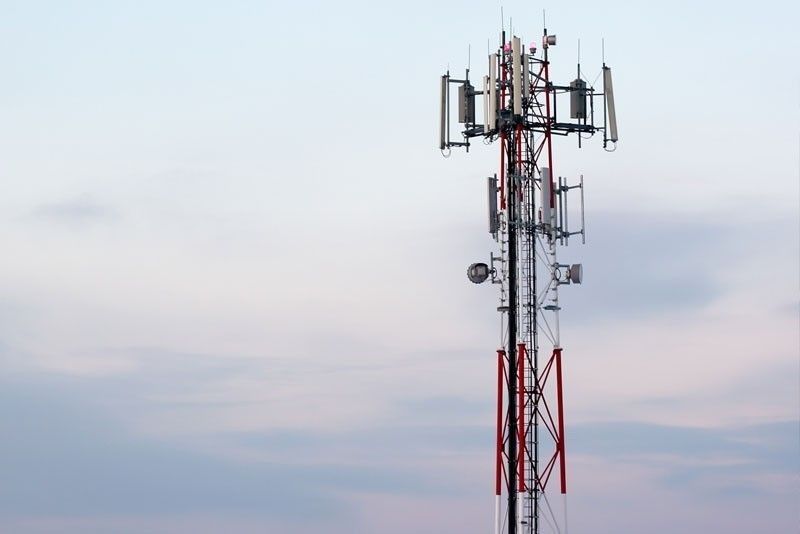
Upgrade to High-Speed Internet for only ₱1499/month!
Enjoy up to 100 Mbps fiber broadband, perfect for browsing, streaming, and gaming.
Visit Suniway.ph to learn
The Federation of Filipino-Chinese Chambers of Commerce and Industry Inc. (FFCCCII) lauded the government’s move to revive the electronic visa (eVisa) program for Chinese tourists, noting that this would rekindle the tourism industry.
The business group said the return of the eVisa program is a “powerful and positive signal” that the Philippines is ready to welcome an influx of Chinese tourists.
“The FFCCCII pledges its full support to this endeavor and stands ready to help ensure its resounding success,” the group said in a statement penned by its president, Victor Lim.
“Let us open our doors and welcome a new chapter of prosperity and partnership,” it added.
The Philippine Embassy in Beijing earlier announced that it will open applications for eVisa among Chinese nationals starting next month.
Chinese citizens, including those from Hong Kong and Macau, would be able to apply for an eVisa for a non-extendable period of 14 days for tourism or business purposes.
The revival comes nearly two years after the initial eVisa scheme was suspended as the government moved to tighten visa issuance policy for Chinese tourists amid geopolitical skirmishes.
The Philippine Embassy said reinstating the program this year is part of the government’s “continuing efforts to strengthen people-to-people exchange and facilitate trade and tourism.”
For the part of FFCCCII, the eVisa policy is a “long overdue” move needed to rekindle a vital stream of tourism.
“While the compelling economic rationale is undeniable, viewing this policy through a purely transactional lens is underestimating its profound potential,” the business group said.
“To not compete actively for the tourist market is to forgo immense economic and diplomatic opportunity,” it added.
The Philippines has lagged behind its peers in Southeast Asia in welcoming travelers from China.
China was among the largest source of foreign tourists for the Philippines, bringing 1.7 million tourists in 2019 or just before the Covid-19 pandemic.
From January to September, 203,923 Chinese tourists arrived in the country, based on data from the Department of Tourism (DOT). This is well below the agency’s two-million target.
In contrast, Vietnam welcomed 3.9 million Chinese travelers, Thailand with 3.41 million, Malaysia with 1.44 million (as of April), and Singapore with 2.5 million during the same period.
“Our regional neighbors, namely Thailand, Malaysia, Singapore, and Vietnam, have long understood that welcoming travelers is a cornerstone of regional economic integration,” said FFCCCII.
The business group said resuming the eVisa will help make the Philippines a go-to destination anew since it would now offer an easy and convenient process for Chinese tourists.
“More visitors will be able to experience its true beauty. The eVisa allows the story of the Philippines to be told through direct experience—our world-renowned hospitality, our stunning landscapes and islands, our dynamic culture,” it said.

 15 hours ago
1
15 hours ago
1



